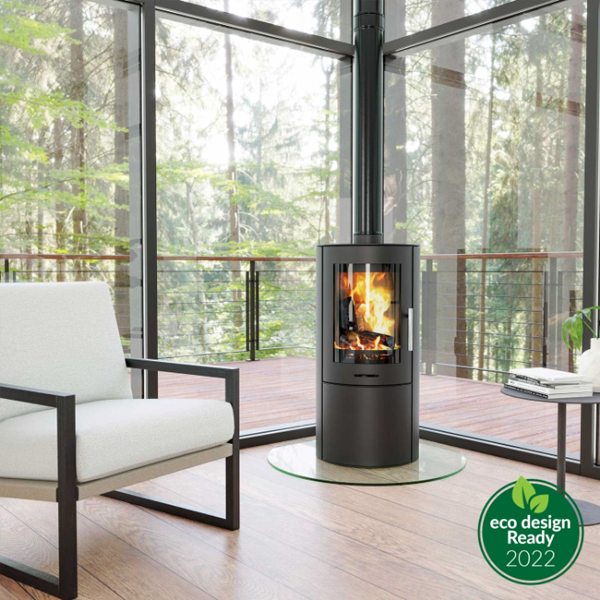Choosing the right stove and making sure it is put in correctly is crucial for any homeowner seeking to enhance their kitchen’s functionality and appearance. Including gas to electric options, every stove type has its unique installation specifications and considerations that can considerably impact performance and safety. Comprehending these disparities can assist you make knowledgeable decisions and avoid common errors in the installation process.
In this guide, we'll investigate the several types of stove installations, their distinct needs, and the significance of engaging a qualified professional for the job. Regardless of whether visit this site right here enhancing an old appliance or installing a new one, being aware of how to ready your kitchen and what safety measures to take will guarantee a smooth transition. Let us dive into the fundamentals every homeowner should know to make their stove installation a success. spintax ### Choosing the Right Stove: Electric vs. Gas
When choosing a stove, one of the first decisions home owners face is whether to opt for a gas or electrical model. Natural gas stoves offer rapid heating and precise temperature control, making them a favorite among professional chefs and cooking enthusiasts. They also allow for immediate adjustments, which can be helpful for recipes that require careful temperature management. However, gas stoves need a gas line, which can add to installation complexity and cost.
On the other hand, electric stoves, including traditional and induction options, are generally easier to install as they simply require an electrical outlet. Electric stoves provide smooth cooking surfaces that are aesthetically pleasing and easier to clean. Induction cooktops, in particular, offer rapid heating and energy efficiency. However, some users find that electric stoves take longer to heat up and may not provide the comparable level of immediate control as their gas counterparts.
Ultimately, the choice between gas and electric comes down to individual choice, cooking habits, and current kitchen infrastructure. Homeowners ought to consider factors such as cooking styles, budget constraints, and the accessibility of gas lines or electrical upgrades when making their decision. Both models has its own set of benefits that cater to various needs in the kitchen.
Advice for Quality Stove Setup
Effective cooktop installation starts with careful planning. Property owners should assess the kitchen space available for the replacement cooktop, confirming that it fits perfectly and meets the required space from walls and other appliances. It's also important to verify for the required utility connections, such as gas lines for gas cooktops or appropriate electrical sockets for electric-powered stoves. Keeping these elements in mind will help avoid any problems during the installation process.
When it comes to security, hiring a experienced installer is highly. Professionals are skilled about local codes and standards, ensuring that your cooktop is installed according to regulatory guidelines. They can also verify proper ventilation, especially for gas stoves, to prevent hazardous situations. Homeowners should never overlook the significance of safety measures and compliance to defend their home.
In conclusion, care and aftercare are crucial after setup. Property owners should acquaint themselves with the functionality of their new cooktop and resolve any initial concerns with the technician. Routine maintenance, such as washing and inspecting for natural gas leaks in propane cooktops or ensuring electrical hook-ups are secure, can prolong the stove’s lifespan and performance. Keeping these tips in mind will help property owners enjoy their new cooking device with assurance.
Upkeep and Diagnosing Issues Your Stove

Regular maintenance is crucial to guarantee the durability and performance of your stove. For gas stoves, it is important to check the burners and grates for any food residue or spills that can complicate with performance. Wiping these parts down after use and performing a thorough cleaning at least once a month will help maintain functionality. Additionally, make sure that the gas line connections are tight and check for any indications of wear or damage.
For electric and induction stoves, keeping an eye on the condition of the heating elements is imperative. If you notice that an element is not heating properly, it might need to be replaced. Cleaning the cooktop surface regularly not only enhances appearance but also prevents food build-up that can impact heating efficiency. Always make sure to follow the manufacturer’s guidelines for cleaning to prevent damaging the surface.
If your stove isn’t functioning as expected, diagnosing issues should start with checking fundamental connections and settings. For gas stoves, check that the gas supply is turned on and that the igniter is operational. In the case of electric stoves, check the circuit breaker and outlet power. If problems persist, contacting a professional for an extensive inspection is recommended to mitigate potential hazards and ensure safe operation.
